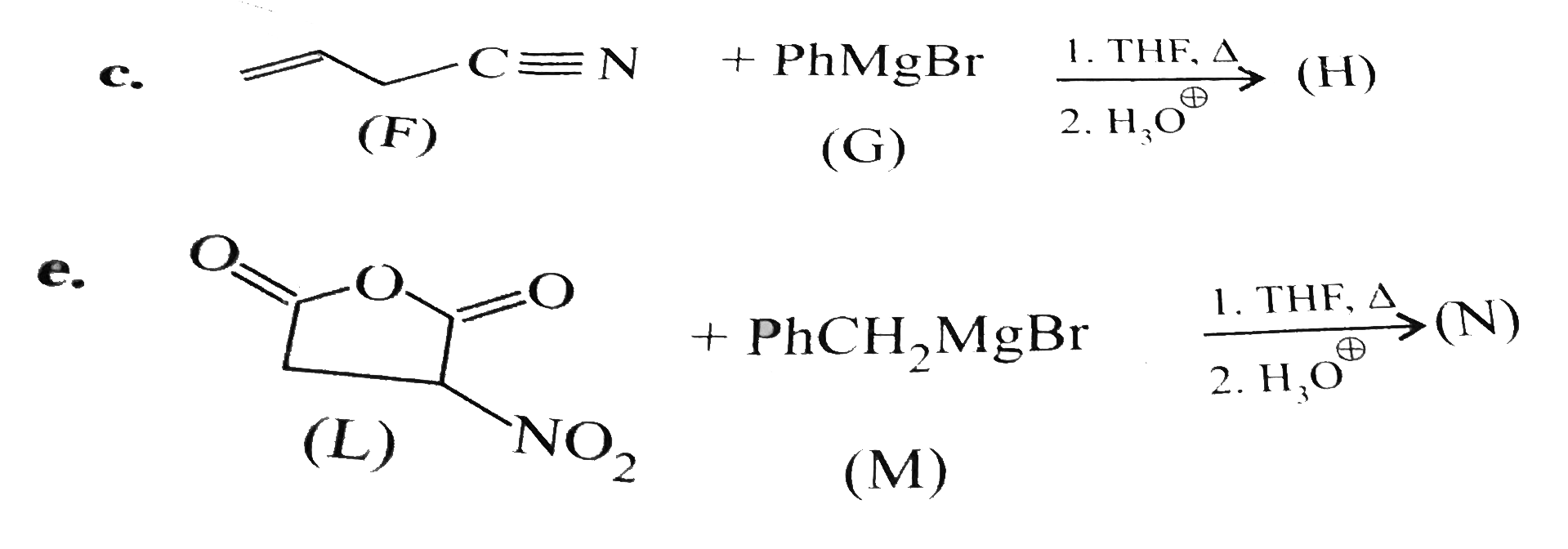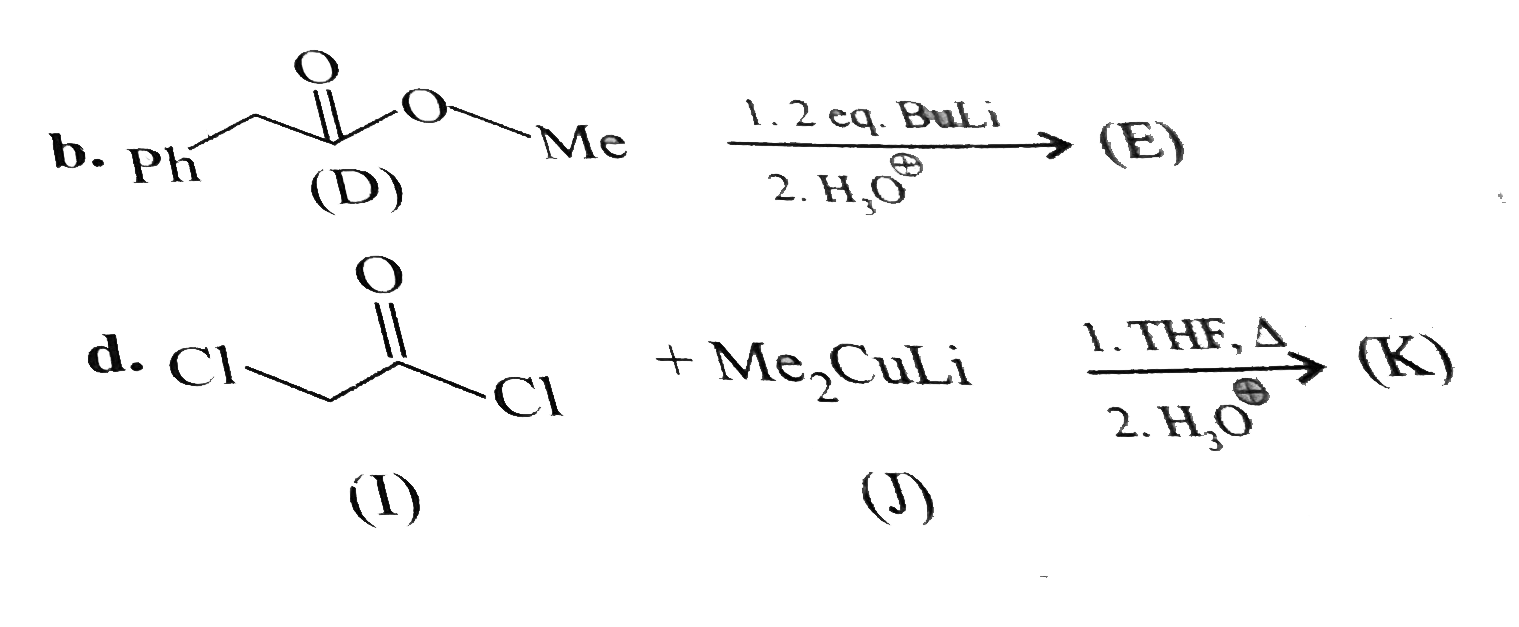Label the arrows marked A,B in the following:
a. Solid liquid
b. Liquid Gas
c.Solid Gas
a.A: Liquefaction (or melting or fusion)
B: Solidification.
b. A: Vaporisation, B: Condensation
c. A: Sublimationl, B: Sublimation
Topper's Solved these Questions
- MATTER IN OUR SURROUNDINGSBOOK - KUMAR PRAKASHANCHAPTER - MATTER IN OUR SURROUNDINGSEXERCISE - QUESTIONS AND ANSWERS (GIVE DEFINITION OF THE FOLLOWING:)
12 Videos
- MATTER IN OUR SURROUNDINGSBOOK - KUMAR PRAKASHANCHAPTER - MATTER IN OUR SURROUNDINGSEXERCISE - QUESTIONS AND ANSWERS (CHOOSE THE CORRECT OPTION FROM THOSE GIVEN BELOW EACH QUESTION:)
26 Videos
- MATTER IN OUR SURROUNDINGSBOOK - KUMAR PRAKASHANCHAPTER - MATTER IN OUR SURROUNDINGSEXERCISE - INTEXT QUESTIONS AND ANSWERS
18 Videos
- IS MATTER AROUND US PUREBOOK - KUMAR PRAKASHANCHAPTER - IS MATTER AROUND US PUREEXERCISE - QUESTIONS BASED ON PRACTICAL SKILLS WITH ANSWERS (ANSWER THE FOLLOWING AS ASKED)
8 Videos
- QUESTION PAPER 01BOOK - KUMAR PRAKASHANCHAPTER - QUESTION PAPER 01EXERCISE - SECTION - A
1 Videos
Similar Questions
Knowledge Check
In the nuclear decay given below :
A.ZX→A.Z+1Y→A−4.z−1B⋆→A−4.z−1B
The particles emitted in the sequence are :Aα,β,γBβ,α,γCγ,β,αDβ,γ,αWhat are A and B in the following reaction ?
H2C∣Br−H∣C∣Br−H+KOHAlcohol−−−→ANaNH2−−−−→BAABH2C=CH2CH=CHBABCH2=CHBrCH≡CHCABCH2=CHBrCH2=CH2DABCH2=CH2CH=CBr
Identify and name the functional groups present in the following compounds.
(a) H−H∣C∣H−H∣C∣H−H∣C∣H−OH , (b) H−H∣C∣H−H∣C∣H−O∣∣C−OH
(c ) H−H∣C∣H−H∣C∣H−O∣∣C−H∣C∣H−H∣C∣H−H , (d) H−H∣C∣H−H∣C∣H−H∣C=H∣C−H
View SolutionIdentify and name the functional groups present in the following compounds.
(a) H−H∣C∣H−H∣C∣H−H∣C∣H−OH (b)H−H∣C∣H−H∣C∣H−O∣∣C−OH
View SolutionIdentify the carbon chain type for each of the following compounds.
H−H∣C∣H−H∣C∣H−H∣C∣H−H∣C∣H−H∣C∣H−H(B)
View SolutionIdentify the carbon chain type for each of the following compounds.
H−H∣C∣H−H∣C∣H−H∣C∣H−H∣C∣H−H∣C∣H−H(B)
View SolutionӨCH3(a), ӨCH3CH2(b)
a>b (stability)
View SolutionComplete the following reactions :
(a) (A)i−BuBr1.Li−−−→2.CuI(B)Ph−O∣∣C−Cl−−−−−−→(C)
(b)
( c)
(d)
( e) .
.
View Solution

